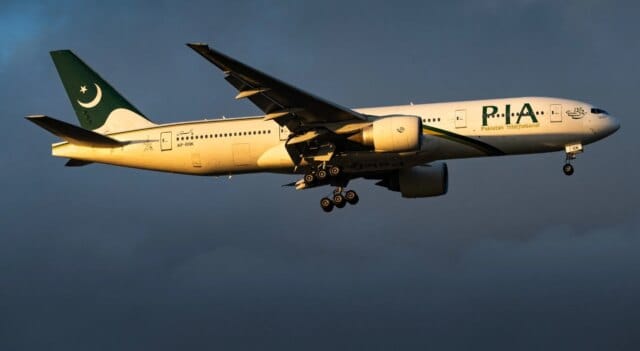Srinagar, Aug 23: For many travelers, air turbulence is more than just an annoyance—it can be a genuine safety concern. And according to scientific findings, the warming planet is making our skies even bumpier.
Why Turbulence Matters
Leading cause of in-flight weather accidents: Turbulence is behind the majority of weather-related incidents aboard planes.
Injuries still happen: From 2009 to 2024, there were 207 reported injuries on U.S. commercial flights, mainly affecting unbelted passengers and crew Phys.org. Notable incidents include an Air Europa flight where 40 were injured and a Singapore Airlines flight that resulted in one death and multiple injuries.
Aircraft remain structurally safe: Experts emphasize the danger lies in occupant injury—not in damage to the plane itself.
Planes encountering severe turbulence—forces around 1.5 times Earth’s gravity—must be inspected afterward. This happens approximately 5,000 times a year over the U.S. Additionally, turbulence forces pilots to change altitude or route, raising fuel use and costs.
How Climate Change Worsens Turbulence
Clear-Air Turbulence (CAT) is now the biggest concern. Occurring without warning or visible signs, CAT strikes in cloudless skies and is hard to predict.
Warming at cruising altitudes—particularly in the tropics—is driving stronger jet streams and sharper wind shear (sudden changes in wind speed or direction). These shifts create more CAT.
Results are already clear: CAT has increased by 60% to 155% across regions such as the North Atlantic, North America, East Asia, the Middle East, and North Africa.
A 2023 study showed that for each 1 °C rise in surface temperature, moderate CAT in the North Atlantic rises by 9% in winter and 14% in summer, narrowing the typical seasonal difference.
Passenger safety measures: Airlines are encouraging passengers to keep seatbelts fastened during flights and are even ending cabin service earlier during turbulence-prone periods.
Mohamed Foudad, an atmospheric scientist at the University of Reading in the UK, explained there are three main types of turbulence: convective, mountain wave and clear-air turbulence (CAT).
Convective turbulence is linked to rising or sinking air currents from clouds or thunderstorms that can be detected visually or by onboard radar, while mountain wave turbulence occurs over mountain ranges.
A 2023 paper led by Isabel Smith at the University of Reading found that for every degree Celsius of near-surface warming, winters would see an increase of about nine per cent in moderate CAT in the North Atlantic, and summers a rise of 14 per cent.
Jet stream disruption is not the only concern: climate change is also fueling stronger storms. According to the International Air Transport Association Aviation is responsible for about 3.5 per cent of human-caused warming. Airlines are exploring cleaner fuels to help reduce the industry’s footprint, though progress has been “disappointingly slow”.







